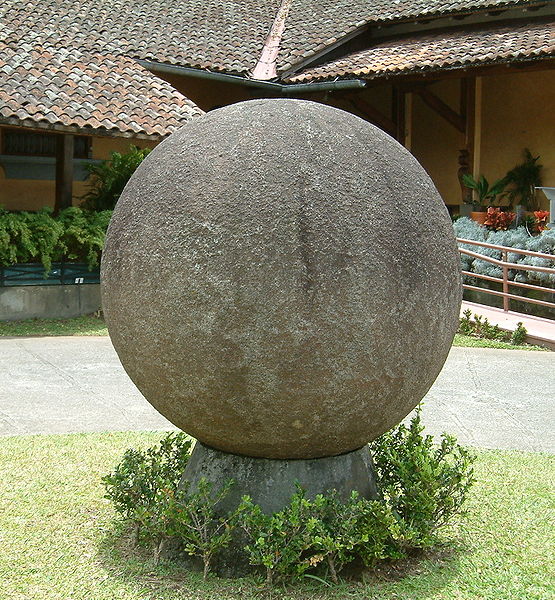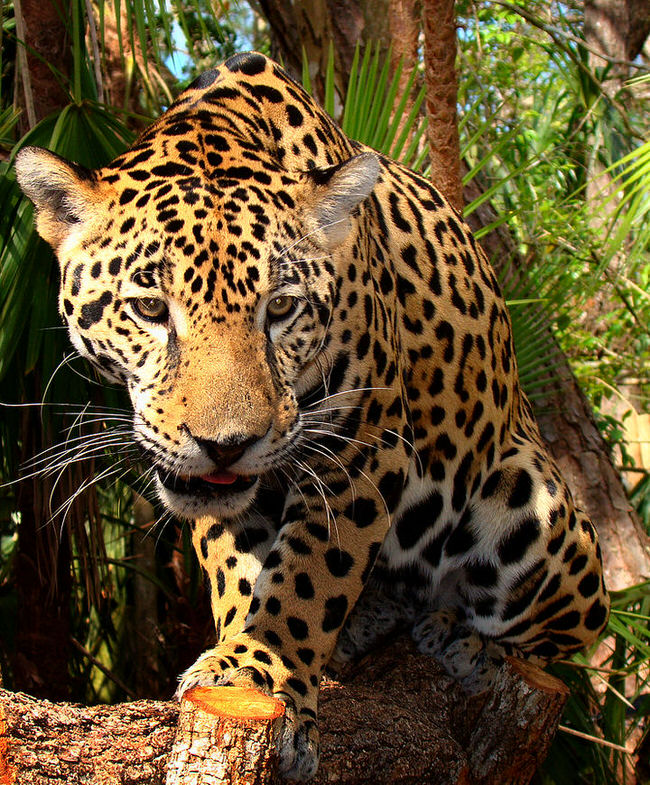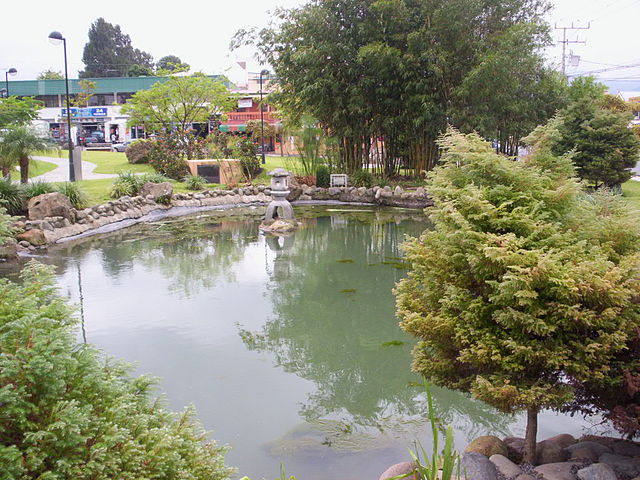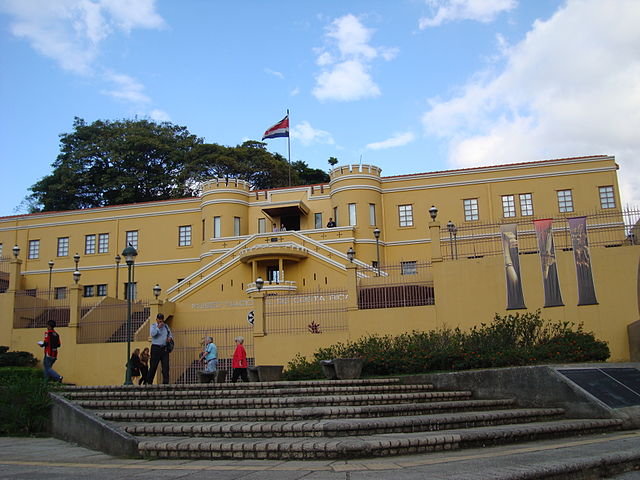
San Jose
Most visitors to Costa Rica first land in the capital city San Jose, and then take off for excursions to nearby beaches, mountains and national parks. The city, with its 300,000 inhabitants in the heart of the Meseta Central, offers travelers their first opportunity to sample the typical atmosphere of Central America and to gain an insight into the everyday life and culture of the Ticos.
Travel confidently, use our Virtuoso, Costa Rica Travel Advisors. We do everything for you: air, car, hotels, transfers and tours that include free room upgrades, extraordinary airfare deals and luxury touches that will maximize your enjoyment. Get priceless San Jose, Costa Rica vacation information. It will help us to help you, if you begin with our vacation planner so we can match you to our Costa Rica expert that suits you best.
San Jose History
Although San Josh, unlike most other major Latin American cities, does not possess a real paseo (the long avenue Pasco Colon is more a busy shopping street than an elegant boulevard for strolling), there are many exciting opportunities for travelers to take an active part in the daily life of the city or to settle down in one of the many city parks as silent observers of customs in the Costa Rican capital. From the benches of the F’arque Central or the steps of the Plaza de la Cultura you can observe casually clad gentlemen who, upon spotting a tourist, plunge their hands into the bulging pockets of their pleated trousers with lightening speed and offer to change-cambio-wechsel United States dollars into the local currency.
American and Canadian pensioners sit in the few sidewalk cafes that are open during the day. Surprisingly, Ticos tend to be homebodies, which is not what you would assume from the climatic conditions. The people in the cafes look slightly bored as they nibble their bocas (appetizers) and eat their hamburgers, stopping every now and then to take a sip of coffee. In the evenings there are concerts at the Soda Palace (Avenida Segunda), which offers welcome relief from the hectic nightlife in the loud bars, discotheques and casinos of the capital. Mariachi bands play day and night, livening up the scene and adding color and sound to the city. The musicians, usually good looking men dressed in Mexican-style clothing, play for a while, then move on to the next bar or cafe in the hope of earning a few colones.
SAN JOSE NIGHTLIFE
Anyone who has spent a number of nights visiting the national parks and enjoying their peace and quite, disturbed only by the nocturnal chirping of cicadas, is sure to find a welcome change in the “Saturday Night Fever” of the capital. The variety of nightlife is almost endless and goes well beyond Saturday night. A magazine entitled Info Spectacles comes out every Tuesday and contains information about live concerts, shows, night clubs and other evening diversions.
The music bar known as El Cuartel de la Boca del Monte – a reminder of the original name of the village that eventually became San Jose – (Avenida 1, Calle 21 and 23) attracts a particularly young crowd. On Wednesdays there is a program of live music, providing a good opportunity to mingle with attractive Josefinas or handsome Josefinos and to indulge in some dance floor gymnastics, which is a good way to get into condition for climbing Mt. Cerro Chirripo.
The San Pedro section of town, one block south of the Banco Popular, has lots of bars, such as Coyote, frequented by students. The more sophisticated Crocodrilo (see next page) also serves excellent food.
La Esmeralda (Avenida 2, Calle 5 and 7) is the city’s mariachi center. This type of music, originally from Guadalajara in Mexico, was played at Mexico’s lively wedding celebrations (the word mariachi comes from the French word mariage). Mariachi is played throughout the day and night at La Esmeralda, but late evening is the best time to attend because the music is at its liveliest.
At the Soda Palace (Avenida 2, Calle 2) bocas, Spanish-style appetizers, are served around the clock – free of charge when you order a beer. Around midnight it becomes the favorite place for musicians to gather for jam sessions. Anyone with a guitar, harmonica, keyboard or any other musical instrument is welcome to join in.
The Costa Rican version of Key Largo (Cane 7, Avenida 3) is in a beautifully restored colonial villa. Key Largo attracts a somewhat more sophisticated clientele. Live bands perform in its small casino, and many couples take to the dance floor. Well-heeled guests often attract the attention of young women who sometimes have to work very hard to “animate” their clients to have a good time. In any case, they do their job very discretely.
Josephine’s (Avenida 9, Calle 2-4) is San Josh’s answer to the famous Moulin Rouge in Paris. Other popular striptease shows are available at Olympus (Cane Central, Avenida 5-7), Alcazar (Cane Central, Avenida 7) and Hollywood, in the part of the city called Sabana Sur.
The best discotheques usually bear fanciful names like the Club Crocodrilo, in the university section of San Pedro (Cane Central). Despite its name and the stuffed crocodile above the long bar – the disco admits no crocodiles! The club, with its dance floor and video clips accompanying recorded music, mainly attracts students and young singles. It is a good place for tourists and Ticos to meet and mingle.
Caution is to be observed when asking an apparently unattached young lady to dance; be sure she really is single, or you may encounter the more unpleasant side of the word macho. The name of the discotheque Salsa 54 (Calle 3, Avenida 3) is an attempt to evoke the memory of the famous and trendy Studio 54 in New York City. But here, near the Parque Morazan, the dancers swing to the rhythm of Latin American music. The gaudy spotlights and the music blasting from ear-numbing speakers soon send the dancers into a sort of trance. The insistent thumping sends a collective shiver through the sweating bodies on the dance floor, and they jerk in unison at each sharply felt beat.
Further variations on the same theme are found at the popular discotheques Zachadas (Cane 3, Avenida Central and 1), Casa Blanca (Cane 3, Avenida 1-3), and Aloha (Cane 6-8, Avenida 12).
The Theater Scene – A Choice
The most coveted tickets in San Jose are to symphony concerts, opera and ballet performances at the Teatro National, (Avenida 2, Calle 3-5). The National Theater holds performances from April to November. There are no scheduled performances outside of these months. The Teatro Melico Salazar (Avenida 2, Calle Central 2) also features a large choice of music, dance and stage performances in an architecturally interesting theater building.
The Teatro La Mascara (Calle 13, Avenida 2-6) is famous for performances of modern dance and alternative theater.
As you would expect, the Teatro Chaplin (Avenida 12, Calle I 1-13) specializes in pantomime performances.
The Teatro Eugene O’Neill (Calle Los Negritos) in the Barrio Escalante presents international theater productions and is financed by the North AmericanCosta Rican Culture Institute.
The Teatro Laurence Olivier (Avenida 2, Calle 28) is more than just a theater; it is a social and cultural center, as well as an international meeting place where San Jose’s English-speaking community gathers. It includes the Englishlanguage Little Theater Group, a cozy coffee shop, an art gallery, a jazz club and a small movie theater.





